Disclosure: Meeple Mountain received a free copy of this product in exchange for an honest, unbiased review. This review is not intended to be an endorsement.
Tasha’s Cauldron of Everything is the latest book to offer up new options for Dungeons and Dragons games. Similar to 2017’s Xanathar’s Guide to Everything, this book offers up new character creation options, new (and updated) character subclasses, magic spells, and items. It also offers up some options for Dungeon Masters to add into their campaigns like group patrons, sidekicks, exotic environments, natural hazards, and puzzles. This book and its predecessor should be must-haves in your campaign kitbashing toolkit.
Player Options
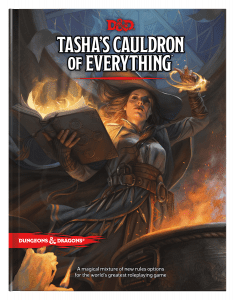 First off, let’s go straight to the loxodon in the room – yes, Tasha’s Cauldron of Everything has rules for customizing the existing races. Ever since the announcement was made that this would be available there has been quite the dialog in the D&D community about breaking racial stereotypes vs purity of the game. To be honest, neither of those are really addressed in this book. The rules for this are pretty simple and straightforward and state that if you want to play a character with more variety, here’s how to do it. It also explains that the traditional stats (ex. +2 Constitution for dwarves) are the archetypes for that race and are presented in the Player’s Handbook as a standard to get players started. It all boils down to swapping things around. If dwarves archetypically get an Ability Increase of 2 to Constitution you can simply swap that to another ability that makes sense for your character. You can do the same for languages and proficiencies that come from races and subraces as well with some slight game balance restrictions (ex. a simple weapon proficiency can’t be swapped for a martial). There’s also a small sidebar about how to make your own custom lineage/race. These optional rules give a huge amount of flexibility to players, making for much richer variety in characters.
First off, let’s go straight to the loxodon in the room – yes, Tasha’s Cauldron of Everything has rules for customizing the existing races. Ever since the announcement was made that this would be available there has been quite the dialog in the D&D community about breaking racial stereotypes vs purity of the game. To be honest, neither of those are really addressed in this book. The rules for this are pretty simple and straightforward and state that if you want to play a character with more variety, here’s how to do it. It also explains that the traditional stats (ex. +2 Constitution for dwarves) are the archetypes for that race and are presented in the Player’s Handbook as a standard to get players started. It all boils down to swapping things around. If dwarves archetypically get an Ability Increase of 2 to Constitution you can simply swap that to another ability that makes sense for your character. You can do the same for languages and proficiencies that come from races and subraces as well with some slight game balance restrictions (ex. a simple weapon proficiency can’t be swapped for a martial). There’s also a small sidebar about how to make your own custom lineage/race. These optional rules give a huge amount of flexibility to players, making for much richer variety in characters.
The much larger section of player options are the class/subclass options. Each class has new optional features that can be switched out or added to the usual ones and at least two new subclass options. Some of these subclasses like the Bladesinger are revised versions from previous books and others offer exciting new choices like the Psionic subclasses, Aberrant Mind (sorcerer), Psi Warrior (fighter), Soulknife (rogue), and Way of the Astral Self (monk). Psi Warriors and Soulknifes use Psionic Energy dice to power their class features while Aberrant Minds and Astral Selfs use their sorcery and ki points to fuel their features.
Also included is a revised version of the Artificer that gets a new subclass, the Armorer, and some welcome improvements to existing subclass features like the Battle Smith’s Steel Defender. The

Armorer lets you play out your Tony Stark fantasy and build your own magically powered suit of armor with lightning launchers and defensive shields. The refresh on the Steel Defender allows it to level-up as your character does with many of its stats being based on their Proficiency Bonus.
The game mechanics of the Steel Defender are also used in a refresh of the Beast Master ranger subclass’ Animal Companion. This was another greatly needed update so your animal friend stays at a relevant power level as your character grows.
Dungeon Master Options
As the perennial Dungeon Master for my group, I was excited to see so many new options available to DMs. I plan to use most of these in my campaigns. They allow for variety and complexity as well as providing some great benefits to my players. Here are a few worthy of a mention.
First up are the Group Patrons. Group Patrons were first introduced in Eberron: Rising from the Last War and gave adventuring groups a common thread to build their relationships on and perks as they complete quests for their patrons. This section of Tasha’s expands on those options and is setting-agnostic. Group Patrons combined with Factions makes for a great framework to build your campaign on.
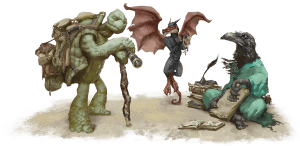
Next are Sidekicks, which are a great way to introduce a nonplayer character (NPC) to journey along with the player characters (PCs). First introduced in the Essentials Kit but fully-fleshed out here, sidekicks are lower-powered characters that fill a specific role but won’t overshadow the PCs with their abilities. This is great for games where there is a specific group role (expert, spellcaster, warrior) or for games where there are only a few players. Even better, sidekicks are great for one-on-one games as they provide a support team for the player. The sidekicks do level-up at the same time as PCs to keep them at the appropriate power level. A particularly fun aspect of sidekicks is that they can be any type of creature with a stat block. So, sure, you could make an elf healer that tags along but what if you had a gelatinous cube that could heal you instead?! The last interesting idea presented is that the sidekick classes could be played as player characters. This would make for a great low-level campaign where you play adventurers just starting out on the road.
Environmental Hazards present fantastical regions with unique effects that could happen to adventurers who wander into them. For example, you might find yourself in a Mirror Zone where 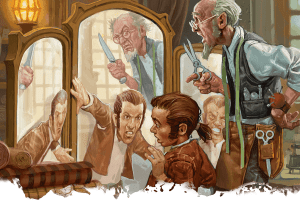 reflections and illusions distort reality but you also find out that if you deal combat damage some of it is reflected back on you. Or you might come upon a Haunted region like a house, forest or city where strange events happen or undead creatures appear.
reflections and illusions distort reality but you also find out that if you deal combat damage some of it is reflected back on you. Or you might come upon a Haunted region like a house, forest or city where strange events happen or undead creatures appear.
One last DM Tool worth mentioning is a section on planning your Session Zero. Session Zeros have become a great way to set the tone, expectations, and ground rules for your upcoming campaign. Some DMs will use this session to have everyone come together and build their characters and some will have them all do that separately. But, getting everyone together to talk about what is and isn’t allowed, the theme of the campaign, and most importantly what the social contract of the campaign will be. Are there some themes and topics that will make players uncomfortable? It’s better to get those out in the open at the beginning along with your expectations as a DM (respect for each other and respect for you and the work you put into the campaign is a good place to start.)
Quick Nods and Final Thoughts
There’s so much more in this book that we can’t cover here in detail but some examples are:

- New Summoning Spells that allow for powerful creatures that can be given whatever visual overlay you want.
- Magic Tattoos!
- Magic Items that can be used as a focus for spellcasting and grant additional powers.
- Puzzles! There are an assortment of challenging puzzles included for DMs to drop in their adventures.
- 15 new Feats including the Chef feat so you can whip up healing meals and treats for your friends.
- Lastly, the art direction and in-character annotations by Tasha herself make this a great book to hold in your hand. The alternate cover by Wylie Beckert is one of the most beautiful D&D book covers ever produced. Tasha’s notes along with the interior artwork clue the reader into some of the fascinating lore and history around a character who most players only know from the Uncontrollable Laughter spell that bears her name.
This book is one of the best values you can add to your D&D library. There really is a cauldron full of useful material in this book!
Tasha’s Cauldron of Everything is now available at your local game store and digitally available at D&D Beyond.


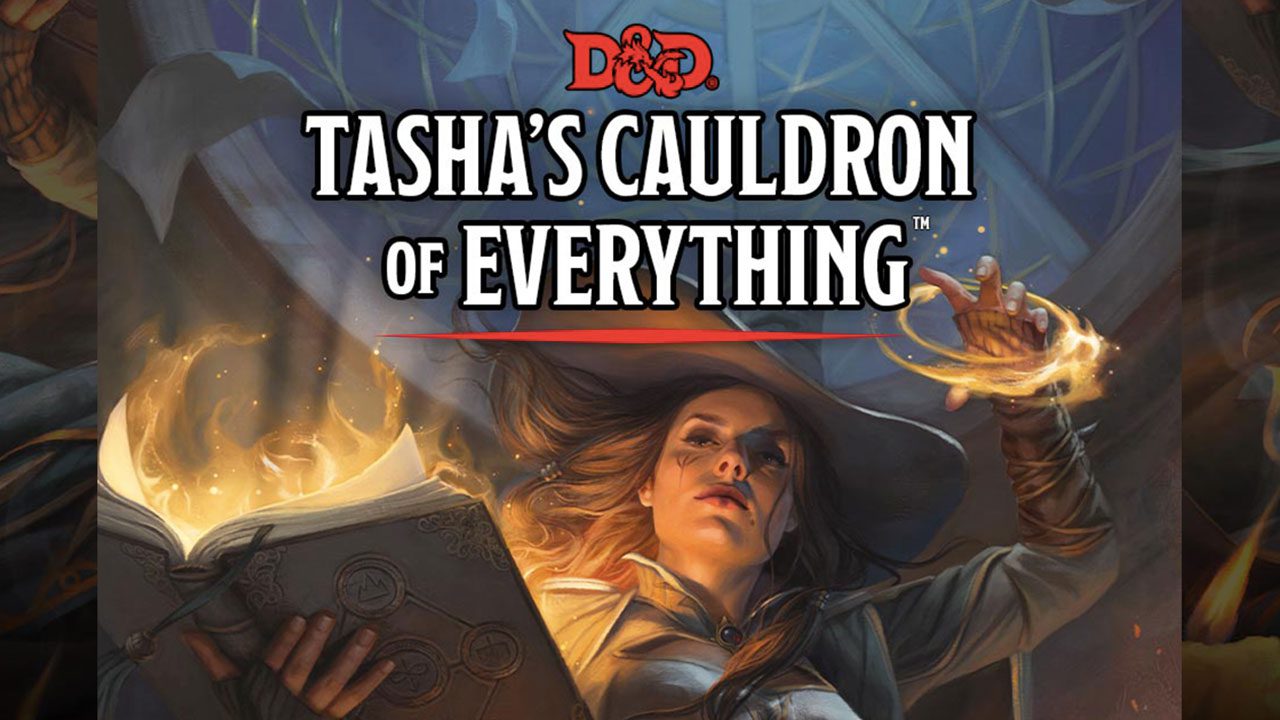


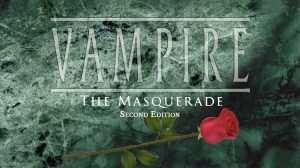
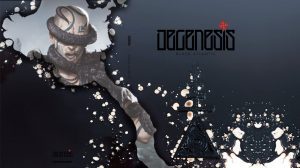





I picked this up a while ago and have not, given the season, had the chance to delve into it.
Gotta say that this review has me excited to dive in!